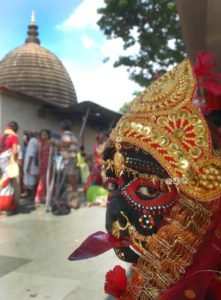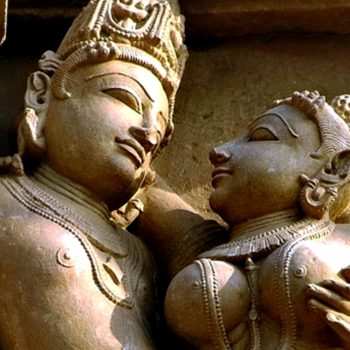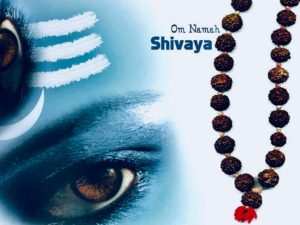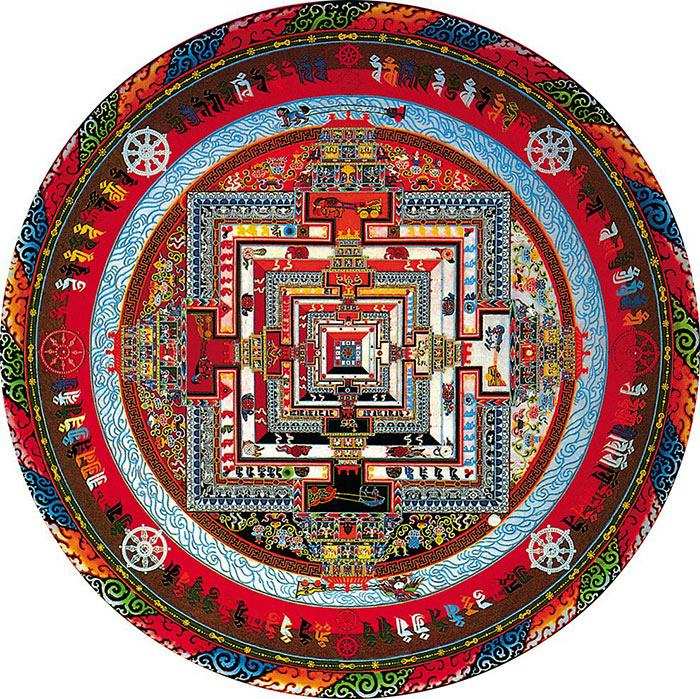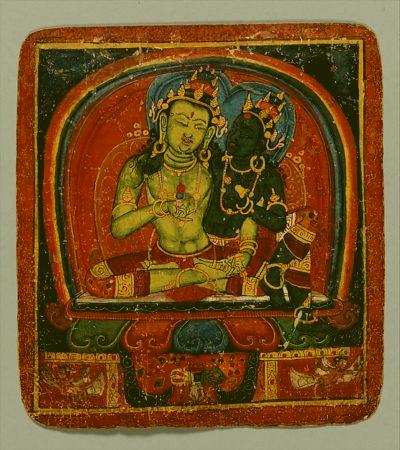"prabhinnāńjana sańkāśam nīlasnigdhaśiroruhām
şađavaktrām dvādaśabhujām aşțādaśavilocanām
pratyekam şațasu śīrşeşu cańdrārdhakřtaśekharām"
Kameshvari's complexion is like split-coryllium, Her hair is black and smooth; She has six faces, twelve arms and eighteen eyes. Each of Her six heads are adorned with crowns, each having crescent moons as crest-jewel.
"maņimāņikyamuktādi křtamālāmura: sthale l
kaşțhe ca vibhratīm nityam sarvālańkāramaņđitām"
Her throat and breasts are adorned by…
